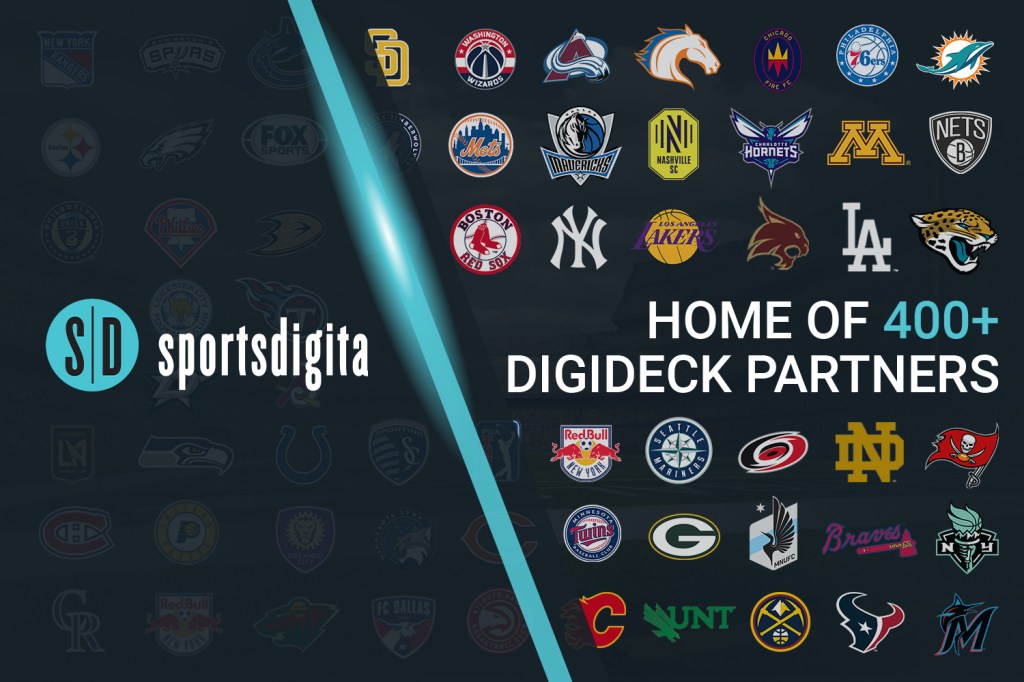How much money will college women’s sports athletes make when NIL laws take effect?
It’s a question that’s been debated in Congress, among athletic department staff, and by private NIL companies. It’s also one that will be answered in three short weeks, when laws take effect.
The NIL potential for college women’s sports athletes is huge.
But for professional athletes and social media influencers, there’s still a significant gender pay gap — despite existing popularity and growth potential. If those numbers are any indication, they don’t paint a very rosy picture of what awaits college women’s sports athletes when NIL rules pass.
Pay Gap in the Pros
The gender pay gap in salaries in sports is no secret. But there’s a gap for off-field earnings, too — from sponsorships and endorsements to entrepreneurial ventures.
Forbes’ list of the top 50 pro sports earners between May 2020 and May 2021 includes players from a wide range of sports, from tennis to soccer and basketball. But the athletes have one thing in common: They’re men.
Only two women’s sports athletes made the list: Naomi Osaka and Serena Williams.
In “off the field” earnings specifically, Osaka made $55 million and Williams earned $40 million.
The top overall off-field earner on the men’s side, Conor McGregor, earned $158 million — over $100 million more than Osaka. And Roger Federer, the second-highest men’s sports earner, made $90 million — $50 million more than Williams.
The previous Forbes list showed a pay gap in off-field earnings, too. When comparing the top 10 men’s and women’s sports earners, eight of the comparisons saw men’s sports athletes earning more in off-field deals, according to a Business Insider analysis.
Inequities on Social Media
Social media endorsements will be one of the easiest and most popular ways for college athletes to make money.
But even in the influencer field, there’s already a gender pay gap. Women comprised 77% of social media influencers, according to a 2019 study conducted by Klear. But men were paid close to 100% more.
On Instagram, men on average made slightly more money per post than women, even with similar follower counts, according to a 2020 study by HypeAuditor.
Klear did not respond to a request for further comment. HypeAuditor did not respond by the time of publishing.





